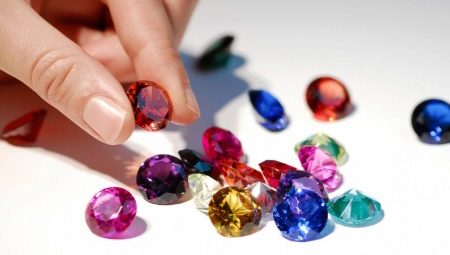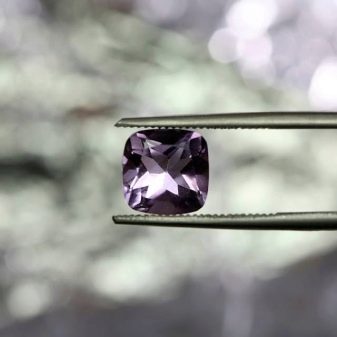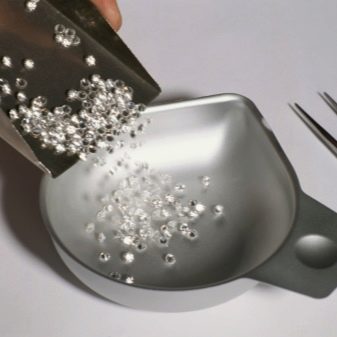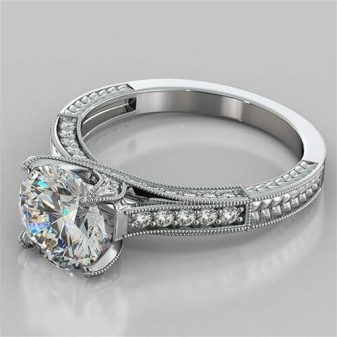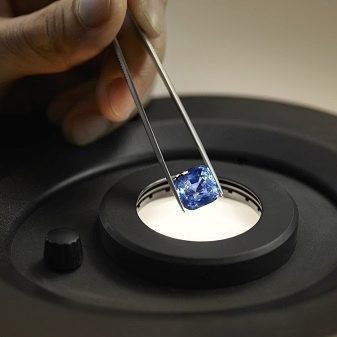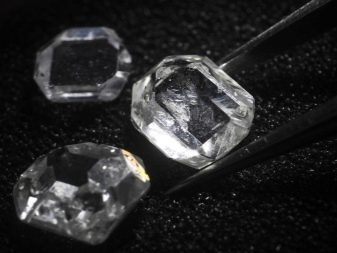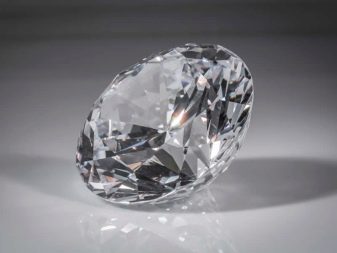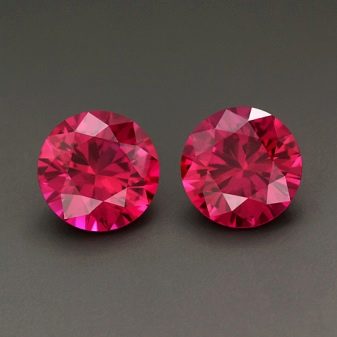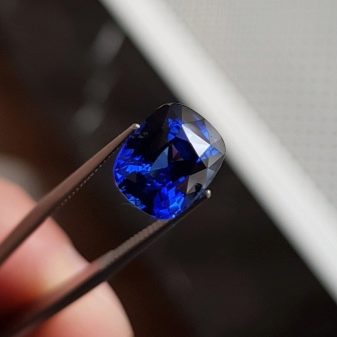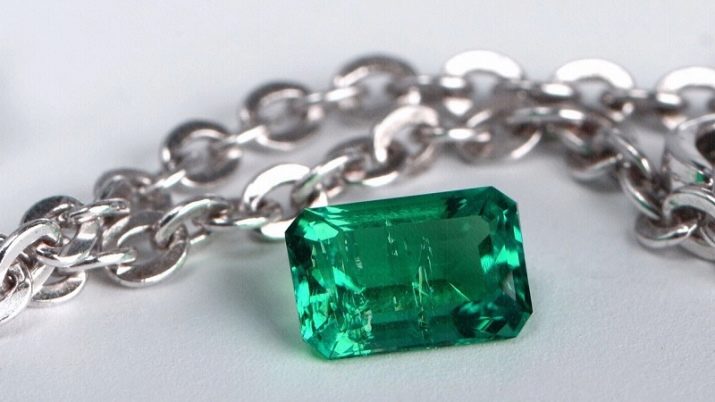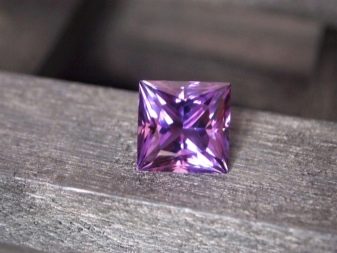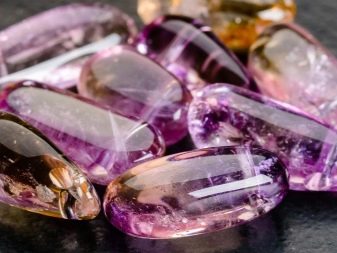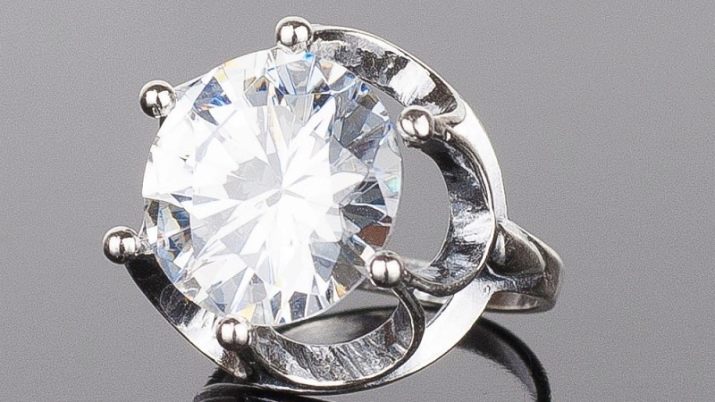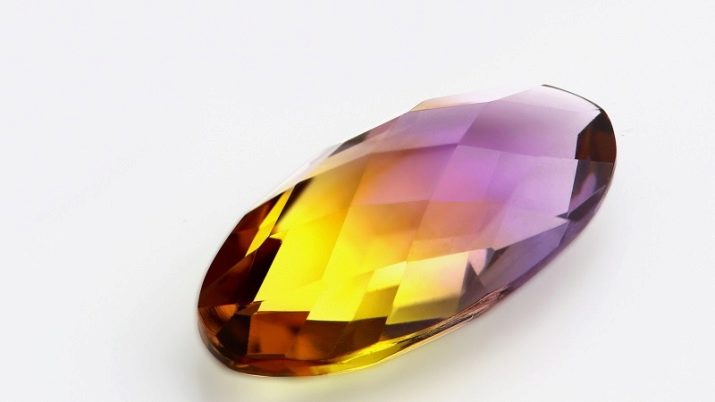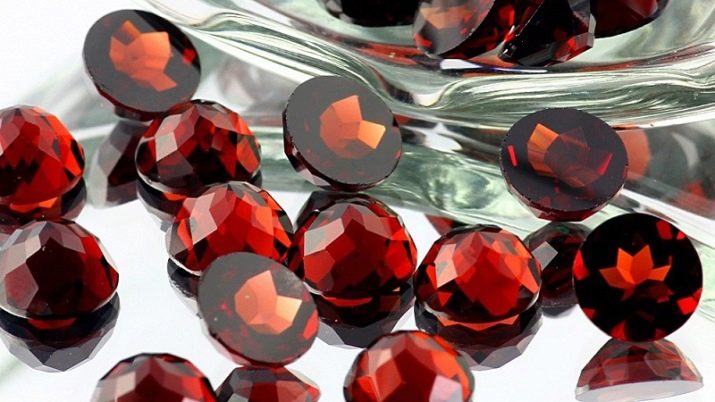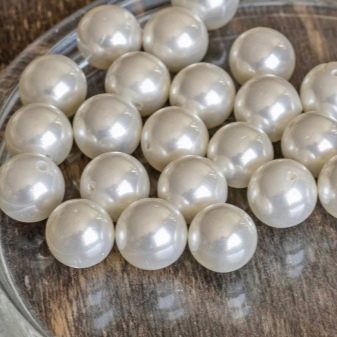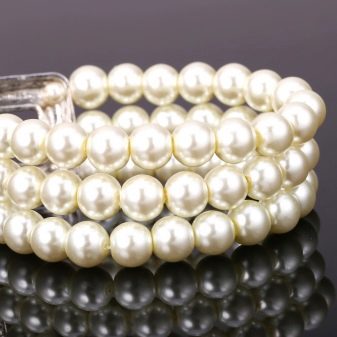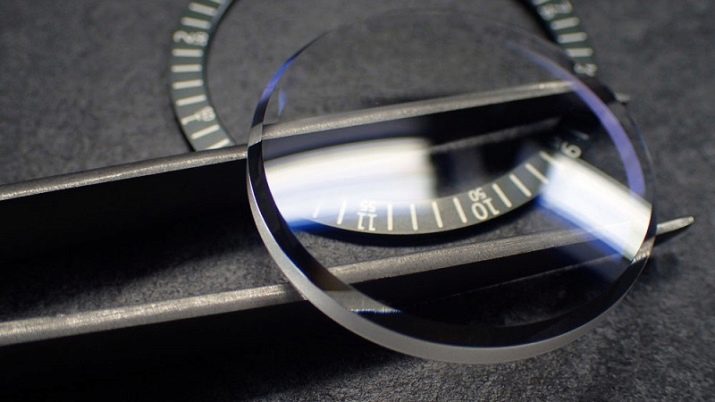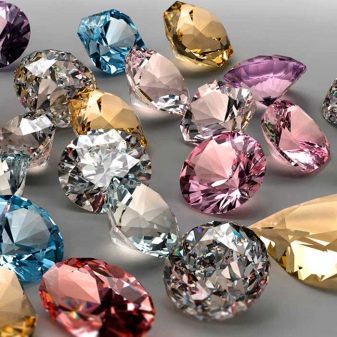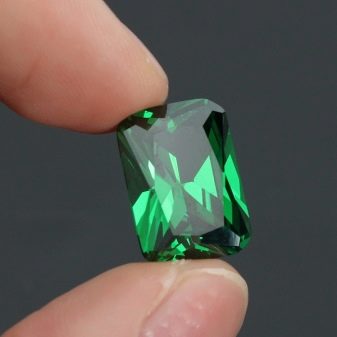Previously, the situation with precious stones was simple and clear: wealthy people wore jewelry, and ordinary people were content with ordinary jewelry with more accessible gems. Now the situation has changed radically, because modern man has learned to create a large number of gems by artificial means. What are such products, what is their peculiarity and what properties do they possess?
Features of creation
Synthetic gems are a complete analog of natural gems. The only difference is in the nuances of creation - artificial jewelry is created in the conditions of laboratories or special factories, where a large number of specialists help the stone to be born, observing all the details of the technological process. The chemical and physical characteristics of the artificial stone is fully consistent with its natural counterpart, therefore, it cannot be considered a glass imitation and a fake. This is a high-quality full-fledged analog.
Precious gems, which are created in artificial conditions, have a different name - grown jewelry stone. It fully reflects their essence. Technologies for creating artificial jewelry are completely identical to the conditions that nature creates for them.
But technology significantly reduces the time to create stones. If a natural gem can be created over hundreds of years, then an artificial counterpart will take several hours, in rare cases, several months. Initially, equipment and technology for creating artificial stones were very expensive. Therefore, the stones could not be too cheap. But this process is constantly being improved, due to which the cost of such jewelry is reduced.
Scientists spent a lot of time, effort and money, engaged in development to create synthetic stones. And their discoveries are of paramount importance, which consists of the following factors:
- reducing the cost of jewelry that has become more affordable with artificial gems;
- creating the perfect stone without unnecessary inclusions and other shortcomings, because nature does not always manage to create the perfect gem;
- replacement of precious stones, the reserves of which are not unlimited in the bowels of the earth;
- Expansion of opportunities for the use of precious stones in industrial fields.
Noble motives moved scientists. Unfortunately, their creations have opened up opportunities for fraud, because many are trying to give an artificial stone for natural and at the same time make good money.
Varieties
Since the production of the first artificial gem, scientists have been able to significantly expand the list of gems that can be born in the laboratory. Synthetic gems are presented in a large assortment, among which the most significant and interesting are the following options.
Diamond
Diamonds are actively produced artificially, moreover, This stone was one of the first to be synthesized. Now scientists will not be difficult to create a diamond of 15 carats. Many jewelers use these stones in their jewelry, presenting them as real ones. Distinguishing a true nugget from an artificial one is becoming more and more difficult, because scientists are constantly improving their skills. This stone has inclusions of mineral type, and artificial diamonds contain inclusions of metals.
Artificial nuggets are not low cost, since the process of their creation is costly.
Ruby and sapphire
Also actively created in artificial conditions. To obtain them, titanium oxide is added to the starting material. After passing through the process of cutting, the synthesized stone acquires a stellate effect, which is inherent in natural ruby and sapphire. These stones are characterized by a number of properties and features:
- porosity at the level of zero;
- strength, which does not change even under the influence of aggressive factors;
- high transparency rates;
- Immunity to substances belonging to common acids and most alkaline substances;
- density is in the range of 3.98 - 3.99;
- hardness indicator is 9;
- the stone quickly becomes warm if it is held in the hand, unlike the natural counterpart.
Emerald
For the production of synthetic emeralds, two methods are used: flux and hydrothermal. For the growth of crystals used seed beryl. During the day, this emerald grows by 0.8 mm. The process of making such semi-precious stones is expensive, because the cost of an artificial and natural stone is not particularly different. A fake emerald in most cases has a pronounced zoning of staining, which marks its origin. Also, tubular inclusions and brown inclusions of iron oxides can be found in such gems.
Quartz
Artificially obtained is very common. An important variety of this gem is hydrothermal amethyst. This stone can often be found in jewelry, because it is very similar to its counterpart. It can be very difficult to distinguish an artificial stone from a natural one, only complex diagnostics can help. Another type of quartz is AmetrineIt is also produced by the hydrothermal method. Ametrine is distinguished by zonal color and twinning structure.
Fianit
It is one of the few artificial stones that do not have a natural counterpart. People call the cubic zirconia an artificial diamond for the similarity with this precious stone. In fact, diamond fianite has nothing in common.
Seatall
It is an artificial analogue of topaz. All its properties are as close as possible to topaz. Sitall is distinguished by crystal clarity and a wide range of shades. Jewelry masters love this stone, because even in large instances the Seatall is flawless in all respects.
Garnet
It is made of yttrium-aluminum oxide, which is characterized by the structure of garnet. This stone in its pure form has no color, it is characterized by a density of 4.54 and a hardness of 8 (Mohs scale). To obtain granatite, special devices are used and special conditions are created (high temperature and vacuum). Crystals are drawn from the melt.
The use of a particular additive allows you to paint the stone in different shades.
Pearl
Also learned to grow in an artificial environment. For this, clams are used, which are contained in special conditions. Pearls obtained under artificial conditions may differ from natural pearls in their ideal form, but on the whole they look the same, they have the same luster and overflow that natural pearls possess. The duration of the creation of a pearl can last 7 years. When growing pearls, you can give it the desired shape and achieve the required size.
Sapphire crystal
This is monocrystalline aluminum. This material is ideal for making watches. The structure of sapphire glass is very similar to synthetic sapphires. The differences are in a high degree of transparency and durability, because the glass in products for a long time retains its properties and increases the service life of the whole mechanism.
Advantages and disadvantages
These jewels are unique and have a number of features that distinguish them and make them attractive in the eyes of the masters and connoisseurs of the beautiful. The advantages include the following characteristics:
- ideal cut, which is not always available for natural gems;
- brighter color and pure structure that is not always found in natural stones;
- lack of response to a fat environment (while natural ones can fade even from long contact with human skin);
- maximum refractive index;
- more affordable cost;
- durability and easy care.
Minuses can be considered only a few moments - this is the realization that natural stone gives its owner some weight in their own eyes, a feeling of self-confidence. But this is only a psychological attitude of a person.
An artificial stone will not become an assistant in healing and magical sessions, since it does not initially possess certain properties that healers and astrologers attribute to natural stones.
How to distinguish artificial stones from natural, see the following video.
